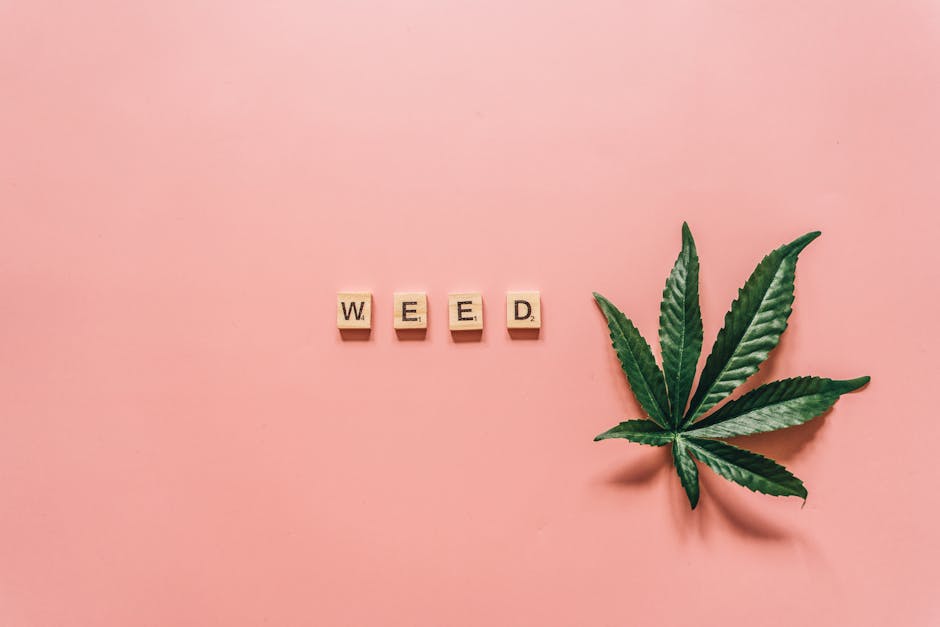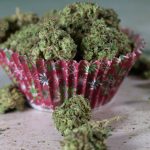Cocaine, a powerful stimulant drug, has been a subject of interest for many due to its widespread use and the varying claims of purity made by dealers. In Prague, the capital city of the Czech Republic, the cocaine market presents a complex scenario where the promised purity often differs from the actual content.
Understanding Cocaine Purity
Cocaine purity refers to the percentage of the substance that is actual cocaine hydrochloride or cocaine base, as opposed to adulterants or cutting agents. The purity can significantly affect the drug’s potency and the user’s experience, as well as the risk of adverse reactions.
What Dealers Promise
Dealers in Prague, like in many other cities, often claim to sell high-purity cocaine to attract customers and justify higher prices. These claims can range from 80% to 100% purity, with some even specifying the origin of the cocaine to bolster their assertions of quality.
- High Demand for Quality: Users seeking a stronger effect or those who have experienced adverse reactions to lower purity drugs might be willing to pay more for what is promised to be higher quality cocaine.
- Marketing Strategies: Dealers use various marketing strategies, including the promise of high purity, to differentiate their product and attract a loyal customer base.
Reality vs. Promise
However, the actual purity of cocaine sold on the streets often does not match the dealers’ claims. Various studies and drug seizures have shown that the purity of cocaine can vary greatly, with many samples containing less than 50% actual cocaine. The rest is made up of cutting agents, which can range from harmless substances like baking soda to dangerous drugs or toxic chemicals.
- Risks Associated with Cutting Agents: The use of unknown cutting agents can lead to unpredictable and potentially dangerous reactions, posing a significant health risk to users.
- Economic Factors: The discrepancy between promised and actual purity also has economic implications, affecting the price users pay and the profitability of the drug trade.
Challenges in Determining Purity
Determining the actual purity of cocaine is a complex task, especially for users who rely on the drug’s appearance, texture, and the dealer’s word. Several factors contribute to the challenges in assessing purity:
- Lack of Regulation: The illicit nature of the cocaine trade means there is no regulatory oversight to ensure the quality or purity of the drug.
- Variability in Cutting Agents: The wide range of substances used as cutting agents, from inert fillers to potent drugs, makes it difficult to predict the drug’s effect or identify potential health risks.
- Advanced Cutting Techniques: Modern cutting agents and methods can make the drug appear more pure than it actually is, deceiving even experienced users.
Methods for Testing Purity
Several methods exist for testing the purity of cocaine, though they vary in accuracy, accessibility, and legality:
- Chemical Testing Kits: Available in some regions, these kits can provide a basic indication of the presence of certain substances but may not accurately determine purity.
- Lab Testing: The most reliable method for determining purity, involving the analysis of a drug sample in a laboratory. However, this option is rarely available to individual users due to legal and logistical barriers.
Health Risks and Consequences
The discrepancy between promised and actual purity, along with the unpredictable nature of cutting agents, poses significant health risks to cocaine users. These risks include:
- Overdose: Unpredictable potency can lead to accidental overdose, especially when users are unsure of the drug’s strength.
- Adverse Reactions: Cutting agents can cause reactions ranging from mild discomfort to life-threatening conditions, depending on the substance used.
- Long-Term Health Issues: Chronic use of cocaine, regardless of purity, is associated with a range of long-term health problems, including cardiovascular issues, respiratory problems, and neurological damage.
Seeking Help and Support
For individuals struggling with cocaine use, seeking help is a crucial step towards a safer and healthier life. This can involve:
- Rehabilitation Programs: Offering a structured environment for recovery, including counseling, therapy, and support groups.
- Counseling and Therapy: Providing a safe space to address underlying issues and develop strategies for maintaining sobriety.
- Support Groups: Connecting individuals with others who have experienced similar challenges, fostering a community of support and understanding.
In the context of cocaine use in Prague, the gap between the promised and actual purity of the drug highlights the need for awareness, education, and support. By understanding the risks associated with unpredictable drug purity and seeking help when needed, individuals can work towards reducing harm and improving their well-being.







The discrepancy between promised and actual purity of cocaine is alarming. This article raises important questions about the economic and health implications of this issue.
The marketing strategies used by dealers to promise high-purity cocaine are quite intriguing. This article does a great job of explaining the complexities of the cocaine market.
I appreciate how this article highlights the risks associated with cutting agents in cocaine. It\
This article sheds light on a very important issue regarding cocaine purity in Prague. I found it quite informative and well-researched.